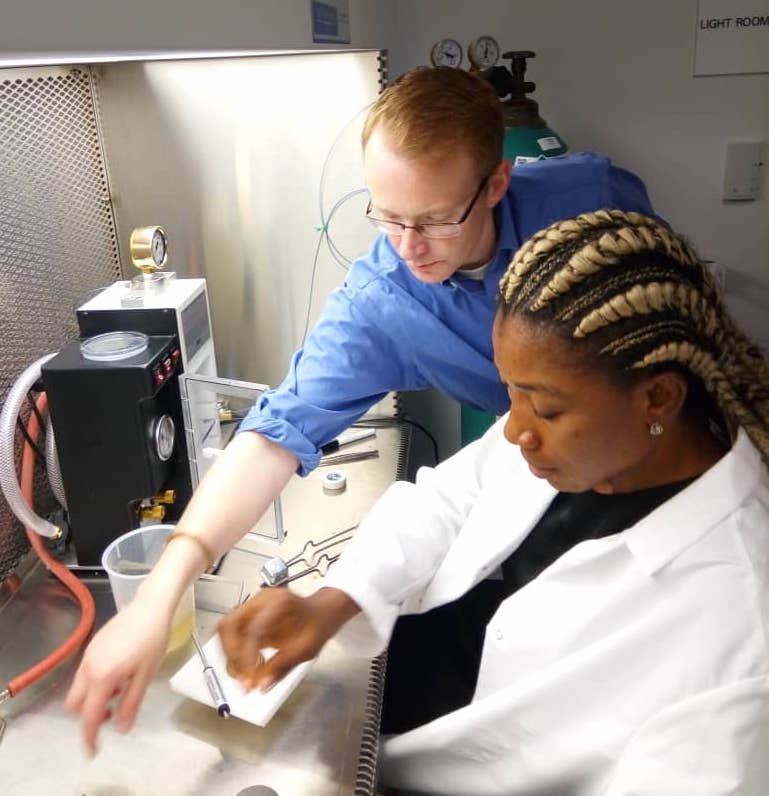Scientists keep insisting that the use of biotechnology in plant breeding leads to improved seed varieties that can help farmers get high yields to feed the billions of people around the world.
One of those scientists is Dr. Matthew R. Willmann, director of Cornell University’s Plant Transformation Facility. In addressing the Alliance for Science Global Leadership Fellows during science week, Willmann said that the usual methods and techniques of solving farmers’ problems through improved varieties take a long time to get results, but biotechnology can tackle these problems faster than traditional breeding methods and, in some cases, provide solutions not available through plant breeding.
In countries like Uganda, where banana is the staple food, there is the risk of that crop perishing because of the banana bacterial wilt disease, Willmann said. Researchers have tried to address the disease using traditional methods, but there is no natural resistance. Genetic engineering can help protect these crops, however, allowing people to continue to enjoy bananas.
Willmann also noted that scientists and science communicators must teach people, especially farmers, about plant biotechnology and correct misconceptions. For instance, there is a long-standing belief that transgenic plants do not produce viable seed. This idea comes from a technology often referred to as “terminator technology” because transgenic plants with this technology produce only sterile seed. The United Nations recommended a moratorium on the use of this technology, and it has never been deployed. Therefore, farmers can save seed from transgenic varieties just like they often do with the local varieties they are used to planting. Misinformation such as this about biotechnology has scared many farmers into avoiding a good technology, despite its benefits.
“People seem to be more open to new technologies in medicine than they are in their food,’’ he said.
“Where would the world be if scientists had not invented planes, cars, medicine, vaccines, computers, phones and other fruits of science that people are enjoying nowdays?” Willmann asked. “Who wants to go back there? We should take advantage of science and technology whenever it can help make the world a better place, including when it comes to our food.’’

Christine Smart, a professor of plant pathology and microbiology at Cornell, also addressed the Fellows. She said that the Fellows come to Cornell to learn, but they are also learning from each other because the Fellows come from different countries with different challenges. Together, they can find solutions to the problems that their nations face.
It is important for scientists, journalists and other stakeholders to make sure that science is communicated well so that people understand the value of science and how it can help to change people’s lives in many different sectors, especially agriculture, she added.
Smart said that she and other scientists wish all the obstacles to doing science would be eradicated. She has travelled around the world and found young scientists demoralized because their good work is not used.
Polly Endreny Holmberg, who runs the Alliance for Science training programs, told the Fellows that science week is one of the most important in the 12-week Global Leadership Fellows Program. It’s the time when Fellows have the opportunity to meet the best scientists from Cornell University and beyond and broaden their knowledge about different issues in science.
“This is the week that all the hard science questions you have, or you have heard anywhere, will get answers from the speakers,” Holmberg said. “So prepare your questions well because all of you will get a chance to meet these top scientists and we can arrange special meetings with them if you need more clarification.”
Following the presentations, the Fellows participated in laboratory practical training to see first-hand how genetic engineering is actually done. Under the supervision of Dr. Willmann and his technician Zachary Lindskoog, the Fellows helped make transgenic rice using Agrobacterium and apple using particle bombardment.
